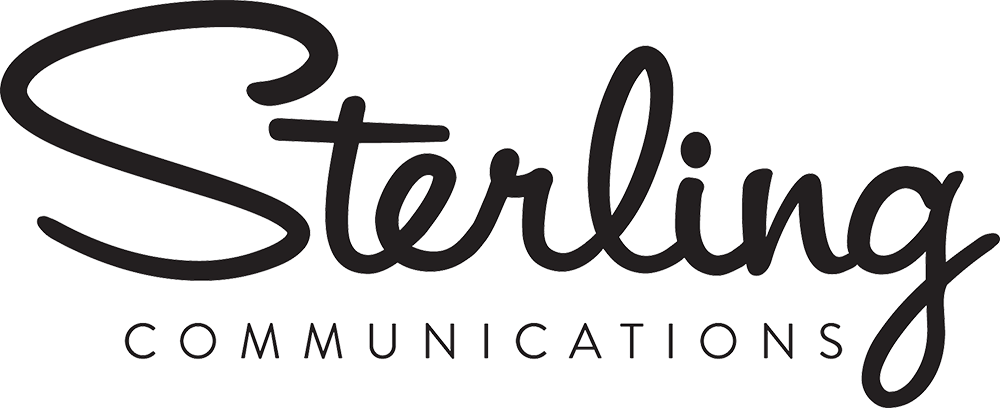Newsletters are a great way for organizations to reach and build audiences via email. While they may take some thought and effort to get up and running, newsletters can eventually operate like a well-oiled engagement machine, and an excellent vehicle for digital marketing outreach.
If you’re thinking about launching a newsletter, here are a few considerations to keep in mind:
Content
The most important element of a newsletter is the “news.” Newsletters require content, but there is no need to reinvent the wheel. You can curate and reuse content you have already created for social media, your website, press releases, and other communications efforts.
Including visual elements is also key. GetResponse research shows emails that include some sort of graphics have a higher open rate. Make sure any photos, videos, or images you use support the written content, are sized and optimized to load quickly, and include alt text to mitigate rendering issues. Most importantly, don’t go overboard. Constant Contact found that newsletters with fewer than 3 images and about 20 lines of text achieve higher click-through rates.
If you don’t have a steady flow or library of your own images, you can always pull copyright-free photography and illustrations from websites like Pixabay or Pexels, or invest in an affordable stock image license. Make sure to include appropriate attributions, and pick your visuals wisely to reflect your organization’s brand and tenor.
Design
Designing the layout of your newsletter can be as impactful as the content itself. The platform you use to disseminate your newsletter may help determine its layout. Most marketing automation platforms (Mailchimp, HubSpot, Marketo, etc.) supply a selection of newsletter templates you can use to craft the look and feel of your newsletter.
Once you settle on a design and layout, you’ll reuse it for future newsletter mailings (simplifying production efforts enormously). Just be sure to revisit and amend design and layout elements periodically to ensure consistency with any organizational branding updates.
Distribution
Once you’ve created your newsletter, you need to distribute it. This will require an email list of recipients, and it must comply with FTC email marketing laws. At the most basic level, this begins with a contact list of individuals/addresses that have opted in to receive emails from your organization.
You’ll also have to decide on the desired cadence of newsletter mailings (quarterly, monthly, weekly). Fresh content is key in determining distribution frequency — no one wants to receive the same old news every week and you don’t want your newsletter getting relegated to the spam folder.
Continue to build your pool of subscribers after your newsletter is up and running. You can do this by promoting the newsletter on social media, your company’s website, and other communication channels with a simple subscribe button that automatically links to your distribution platform.
Testing
Test every newsletter email prior to distribution to double-check that the content is correct, links are working, and the design looks the way you want it to. All marketing platforms have an easy mechanism for testing before sending.
The newsletter test email also helps facilitate easy internal collaboration on edits to copy and images from your teammates, and any organizational messaging approvals processes. It is also a great way to see how the newsletter renders on desktop and mobile.
Statistics
One of the great things about newsletters is that they generate quantitative data you can use to track your progress and help you better understand your audience.
This data can help you refine your newsletter strategy continuously, surfacing information such as the best day of the week and time of day to distribute your newsletter, or what types of keywords in the subject line best capture attention. These will be different for every newsletter and every audience.
You will also have access to statistics like email open rates and link click-through rates on various elements in your newsletter. Mailchimp found that the average open rate across industries was 21.33%, and the average click-through rate was 2.62%.
Iterate
Use what you learn about your newsletter audience preferences to tailor content and distribution over time, as well as to refine your organization’s other digital marketing efforts for a more powerful impact.
If you are interested in learning more about creating eye-catching and engaging newsletters, we’re here to help! Reach out to us at go@sterlingpr.com

